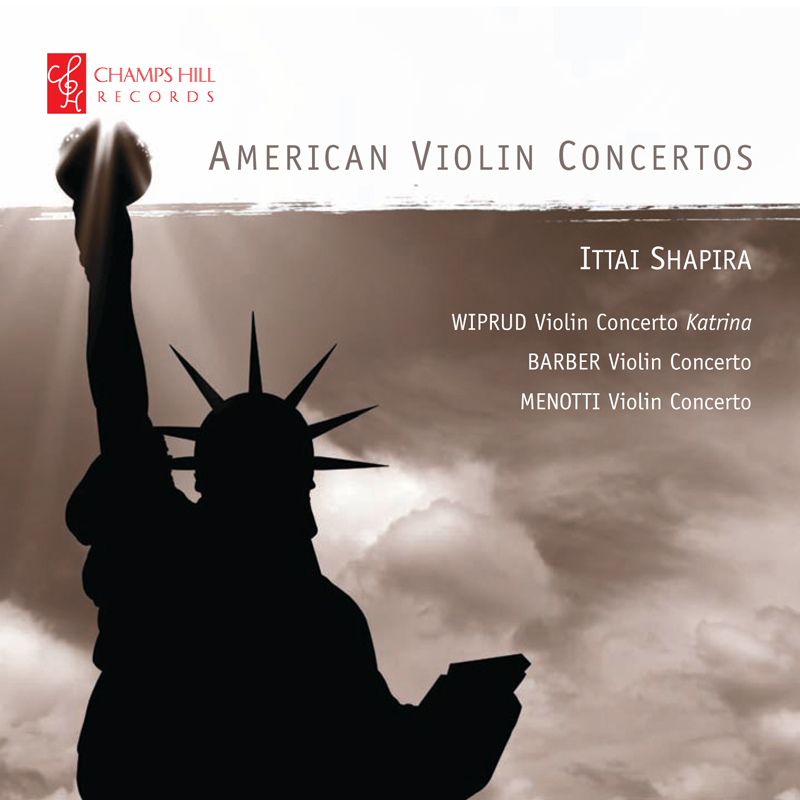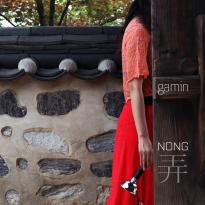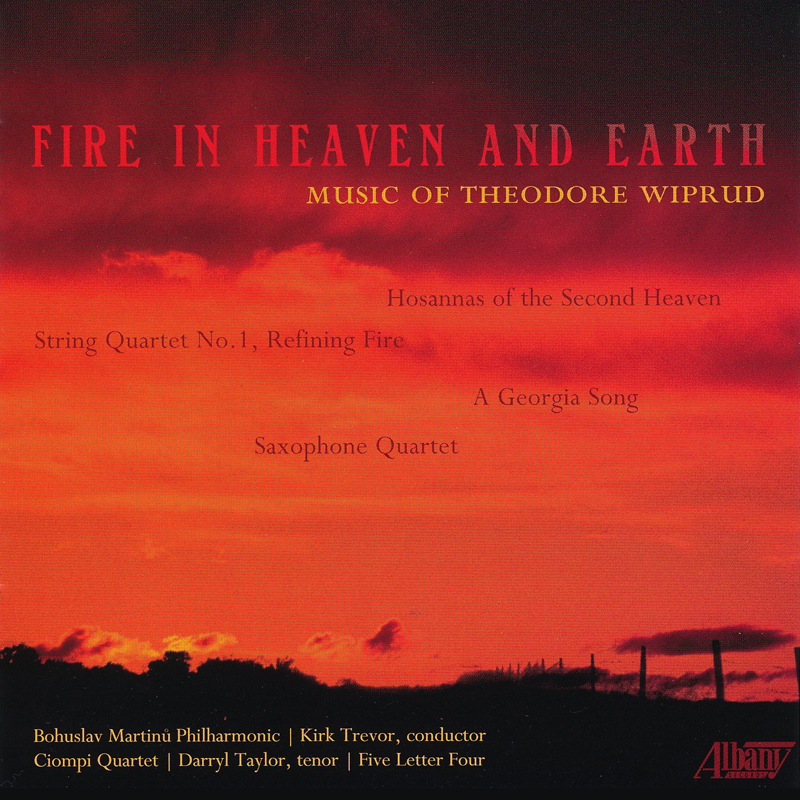During the 1990s I kept a clipping file (actual paper with words on it, clipped from magazines and newspapers) about musical and cultural issues. Recently I’ve been thinning out old folders, a pandemic pastime. Among the hundreds of clips, I’m struck by a bunch with titles like these:
• “Nothing But New Works: A Fantasy Season” Paul Griffiths, New York Times 8/9/98
• “Who’s Afraid of the Avant-Garde?” Charles Rosen, New York Review 5/14/98
• “Don’t Blame Modernists for the Empty Seats” Paul Griffiths, New York Times 3/22/98
• “To Revitalize Classical Music, Try the Jolt of the New” Anthony Tommasini New York Times 12/5/97
• “Freshening Up” (“crowd-pleasing” new composers) Peter Davis, New York Magazine 5/19/97
Griffiths, Rosen, Tommasini, Davis – quite a chorus of different takes and agendas for culture. But they were all saying some version of the same thing, that music being composed then was worthy and perhaps the primary survival route for concert music.
And then there was the seismic 1993 drop of “Americanizing the American Orchestra,” a 200-page white paper out of the American Symphony Orchestra League (as it was then known), generated by a huge national task force. It called for such things as orchestras reflecting their home communities and the music of their time, with evolving concert formats and expanded educational efforts. I cheered, and then watched in horror as the report was vilified by leading orchestra executives. It sank without a trace. (It would be fascinating to go through the recommendations and compare them with movements we see today: material for another post.)
Back then, as a composer just starting out in New York City, I was thrilled with the stirring of change, of shaking loose some opportunity for my generation, at a time when youth was not a valued trait. And I had a front-row seat working at Meet The Composer, administering the final years of the epochal Orchestra Residencies Program.
From 1982-92, 21 of the largest American orchestras hosted composers-in-residence for at least two and up to ten years. Twenty-nine composers took part, composing a total of 65 works for their orchestras as well as advising on new music programming, which led to at least 500 more commissions. The aim was to convince orchestras that they needed a composer on their senior artistic staff, and the hope was that orchestras would step up to maintain the positions when the ten-year program ended.
For the most part, orchestras did not step up. Resident composers were celebrated in their roles, but evidently not deemed necessary when a mild recession hit in the early 90s. A follow-up program called New Residencies linked orchestras and other performing ensembles with community-based organizations, aiming to help remake the connection between composers and civic life. Again, wonderful things were composed and accomplished during the funded residencies, but little change was discernible in orchestras’ behavior afterward.
I look back today on these efforts not as disappointments, but as harbingers, or perhaps false starts. Because today, many of those impulses are finally taking shape. Over the past two years of pandemic-inspired retooling and racial awakening, composers have stepped into notable vacuums. Increasingly, it’s new music that supplies what orchestras and opera companies and every sort of ensemble and presenter need – music that speaks to today’s condition, in diverse voices, for today’s media and performance conditions.
And it’s happening without a systematic national program. Meet The Composer’s grand schemes, abetted by many heavy-hitting philanthropies, created a template that now bears fruit, like acorns planted some 20 years ago. Larger social forces have now put different pressures on traditional institutions, accomplishing much of what the conferences and salaries could only dream of in the absence of such pressures.
(Meet The Composer merged with the American Music Center in 2011 to become New Music USA. That organization partnered with the League of American Orchestras to offer Music Alive, the latest iteration of composer residencies, in which I was a resident composer with the South Dakota Symphony. It’s too soon to pronounce on the legacy of this program – but see this post on my ongoing work with the SDSO.)
I sense that the time is finally now for so many things so long deferred. We’re being dragged kicking and screaming into the inevitable future because we can no longer ignore the present. We are groping toward decisive action on climate change. We are atoning for and trying to make up for the profound impacts of systemic racism. We are tackling America’s crumbling infrastructure, both physical and human.
These issues all converge in the new prominence of composers in our little world, especially female and BIPOC composers. Organizations that still that consider new and recent music a threat to their longstanding business model, that have not yet at least adopted language about inclusion and belonging, that believe they can go on forever as they have before, now appear the exception rather than the rule. We are all, at last, Americanizing.
Twenty-some years ago, Griffiths and Rosen and Tommasini and Davis were pushing in the right direction but against the tide. Meet The Composer, among other noble institutions, rallied funds behind a vision that proved ahead of its time. I know MTC’s founder the late John Duffy would be elated to see the prominence of younger and more diverse composers today.
Now may not be “the time” either – there may never be something identifiable as a watershed moment – but sweeping social forces, not to mention stark climate realities, are quite different now from what they were in the 90s. And apparently, they favor new music, as they demand more equity and relevance.





